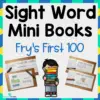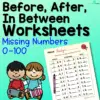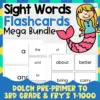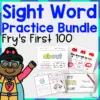Children may not usually like insects. However, the butterfly is one of the most beloved six-legged creatures in preschool. From books, characters, pretend play, and others, children love seeing them and playing with them.
Here are ten crafts to help children explore and understand the wonders of these beautiful insects.
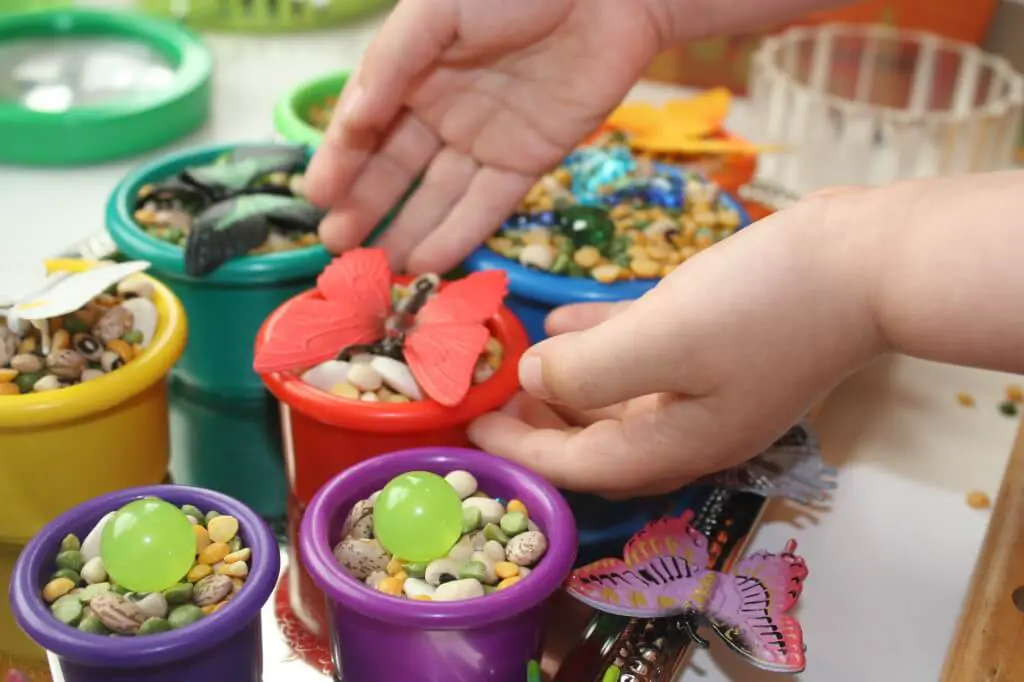
Butterflies in the sensory bin are a great way to capture little kids’ interest. Various fillers, such as different types of beans, are an excellent way for children to learn as they touch and inspect them.
It is also a fantastic chance for children to explore the different textures in the bin while performing activities that will enhance their fine motor skills, such as scooping, pouring, picking up small objects with fingers, or using tools.
Pour the beans into the bins. Use different available beans in your areas, such as split peas, kidney beans, black-eyed peas, cannellini, fava, lima, and lentils. Place the various butterflies in the bins.
The different sizes, shapes, colors, and textures will provide a wonderful experience. Let them observe and note the differences in the beans.
Allow them to use tools to separate or pick the different objects in the bins, including the butterflies.
For this activity, you will need:
- Beans
- Bins
- Plastic toy butterflies
- Large colored beads
- Butterfly wooden puzzle
- Tongs
- Ice cube tray
For more information on this activity, go to LittleBinsForLittleHands.com.
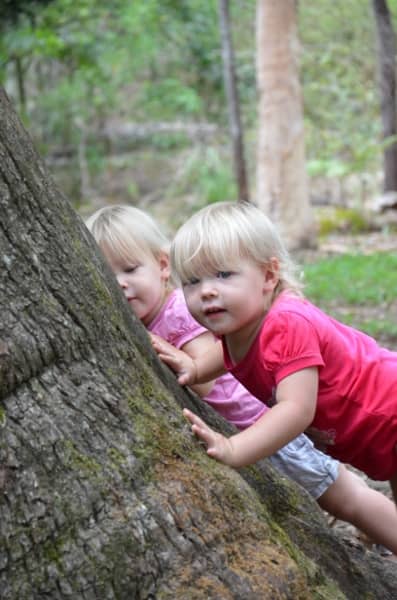
Exposing children outdoors provides an opportunity for them to explore nature. Being outside helps them see the world in a bigger picture. It is a great learning experience as it allows for different sensory inputs for children to process
Children will learn observation skills and patience as they search for butterflies. If possible, read a book about the butterfly’s life, including its habitat, behavior, and food, before searching for one.
Take the children to a garden or park. Find a sunny spot where there may be flowers or low plants. Let them look for these fluttering creatures as they explore the garden.
Children may draw the butterflies they have seen to document their experience. Show children pictures of different butterflies and help them identify their species.
If these locations are unavailable, plan ahead and locate the nearest park or butterfly sanctuary. Remember that butterflies abound during warm months. Therefore, do this activity during spring and summer time.
For this activity, you will need:
- Butterfly pictures
- Pens or markers
- Paper
For more information on this activity, go to MotherNatured.com.
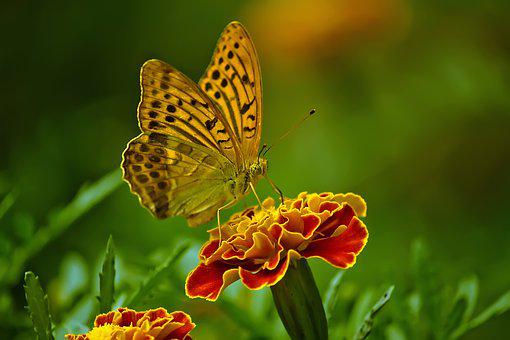
Circle time is never complete without songs and fingerplays. Children adore singing and participating in these activities. Use these circle time tools to teach children the butterfly’s life cycle and improve fine motor skills as they act out the movements.
There are three butterfly-themed songs on the site to choose from. They are patterned after familiar nursery songs, so the tune is easy to remember. Demonstrate the finger and hand movements before singing.
As children are seated during circle time, introduce the topic and inform them of the song. Use pictures of butterflies and caterpillars if necessary. Create a written copy of the song on poster-sized paper if possible.
Sing the song slowly, emphasizing the words and the movements. Doing this will allow children to mimic the actions and follow the lyrics in the song. The site suggested specific movements for the songs that may require coordination.
For example, hooking the thumbs together and fluttering fingers might be challenging for some children.
If they find the action tricky, allow them to be less precise or let them create movements that can be easily performed.
For this activity, you will need:
- Copy of the song
- Pictures of butterfly and caterpillar
For more information on this activity, go to CoffeeCupsAndCrayons.com.
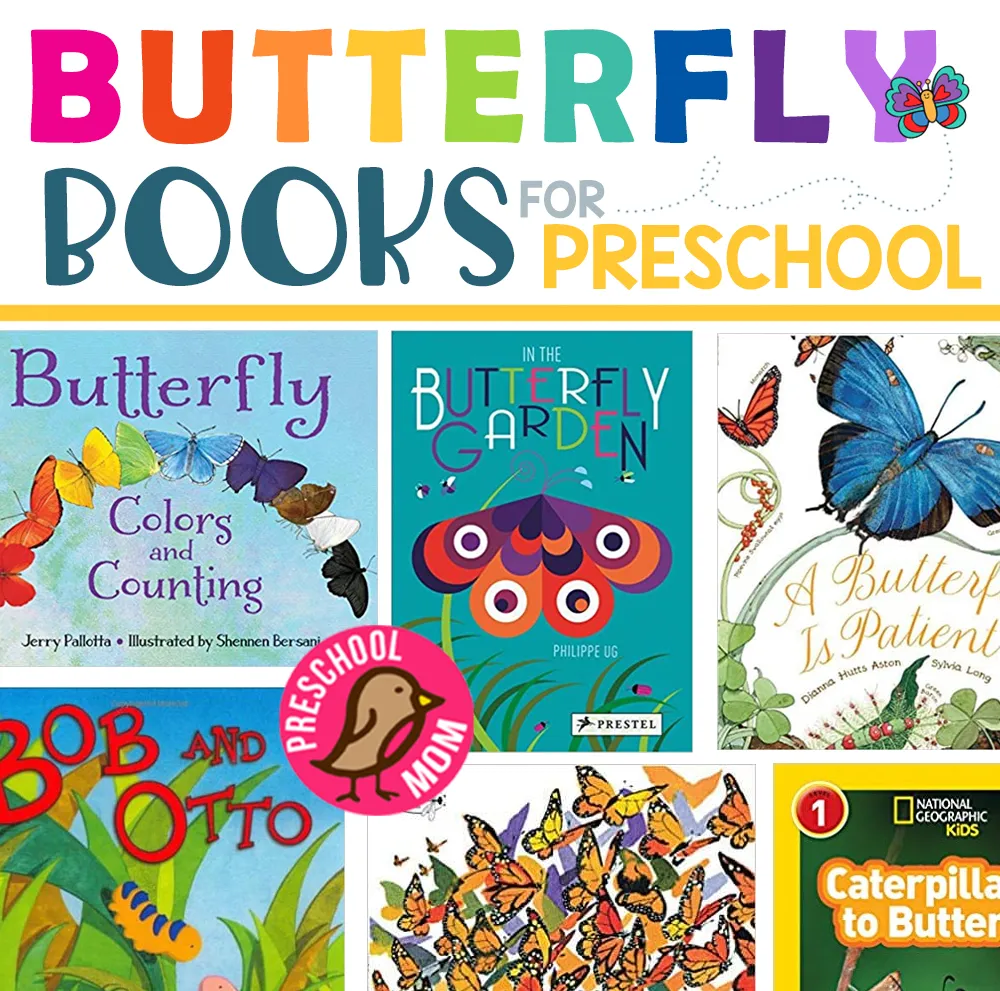
There are many books about butterflies that target different skills and topics. Use these books for children to learn colors, counting, patterns, and the butterfly’s life cycle.
Use non-fiction books to anchor life science lessons. The book National Geographic Kids’ “Caterpillar to Butterfly” by Laura Marsh is a great book to discuss the butterfly’s life cycle and specific details on the stages of its life.
It also discusses the concept of metamorphosis, body parts, and some facts about the different butterflies in the world. Use real-life pictures to point out important facts and details.
The fiction books, such as “Bob and Otto” by Robert Bruel and “Hurry and the Monarch” by Antoine O’ Flatharta, can teach abstract concepts such as friendship, curiosity, and imagination.
Use read-aloud strategies to engage children in the story, such as having children describe the illustrations and answer inferential questions. Make the storytelling sessions enjoyable by allowing children to participate in the discussions.
For this activity, you will need:
- Books on butterflies
For more information on this activity, go to PreschoolMom.com.
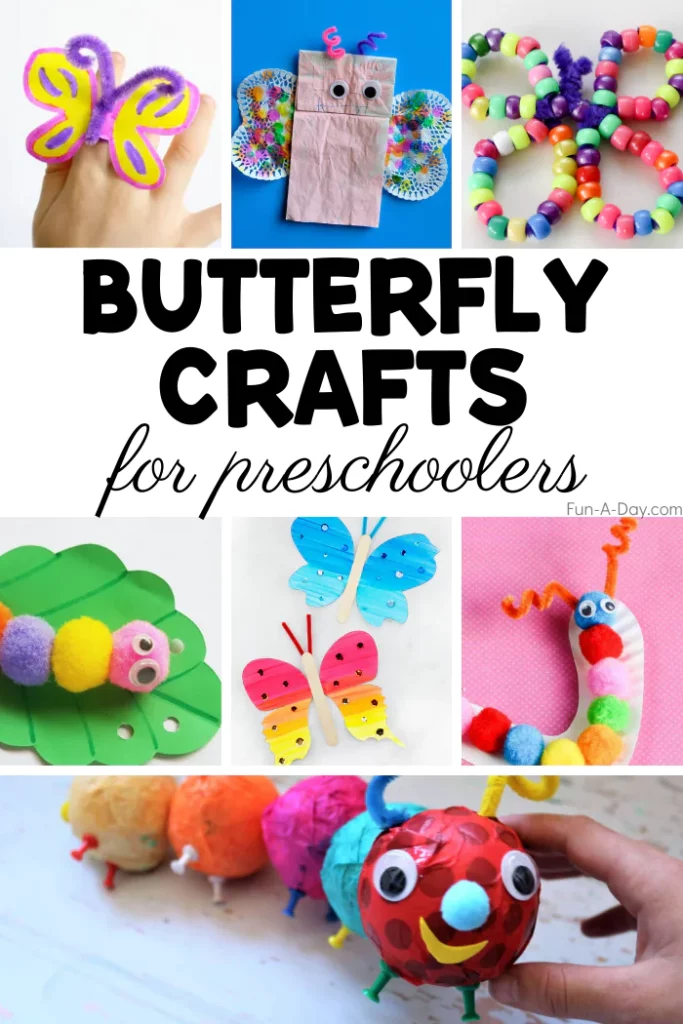
There are many different butterfly crafts listed on the site that can be made by children that are fun and colorful. One is the paper bag butterfly craft that can double as a puppet.
This craft can help retell stories as well as during pretend play. This paper bag craft requires children to add layers of colors, which can help teach color recognition.
Children will improve their fine motor skills as they paint, add dots on the butterfly’s wings, and make spirals from the pipe cleaners.
To make the butterfly, paint the paper bag with the desired paint color. While waiting for this to dry, use the bingo markers to add colorful dots on the doilies to make the wings. Next, fold the pointy end of the heart.
Stick this on the side flap of the paper bag so it remains concealed. Repeat the process to the other wing. Stick the googly eyes on the paper bag and use the marker to add a mouth.
Make the antennas by cutting a pipe cleaner in half and twisting it around the marker or finger to make a spiral. Use sticky tape to attach these to the back part of the paper bag.
For this activity, you will need:
- White paper lunch bag
- Paint
- paintbrush
- Heart doilies
- Bingo markers
- Pipe cleaner
- Markers
- Scissors
- Glue
- Sticky tape
- Googly eyes
For more information on this activity, go to Fun-A-Day.com.
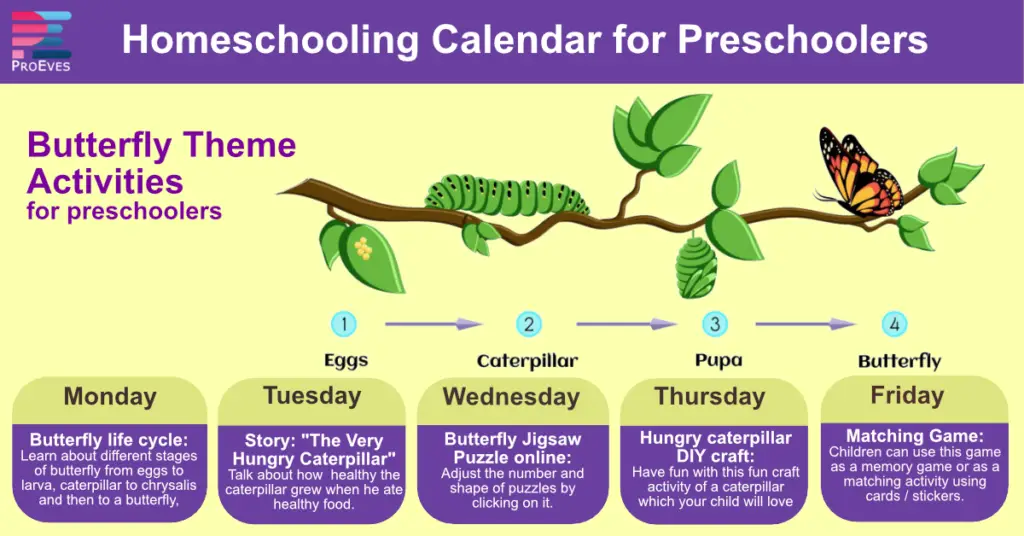
The butterfly’s life cycle is an important topic to discuss in preschool. The site provides a comprehensive list of activities that can be done to teach children about butterflies. It includes a special video on the butterfly’s life cycle.
The American Museum of National History’s short video is worth watching to arouse curiosity and engage children. The animated video disguises science facts into a visually appealing and enjoyable show.
The video opens up with the question, “How do you make a butterfly?” Then it proceeds to discuss the different stages that the butterfly goes through and its behavior in each of these stages.
It also discusses the metamorphosis concept and how it applies to the butterfly’s life cycle. The video explains this concept using Science vocabulary words that are important in this topic.
Learning about the butterfly’s life cycle is vital for preschoolers because it opens their minds to how the world around them works. Knowing these scientific facts will help reduce misconceptions and will lead them to be critical thinkers.
For this activity, you will need:
- Video of the butterfly’s life cycle
For more information on this activity, go to ProEves.com.
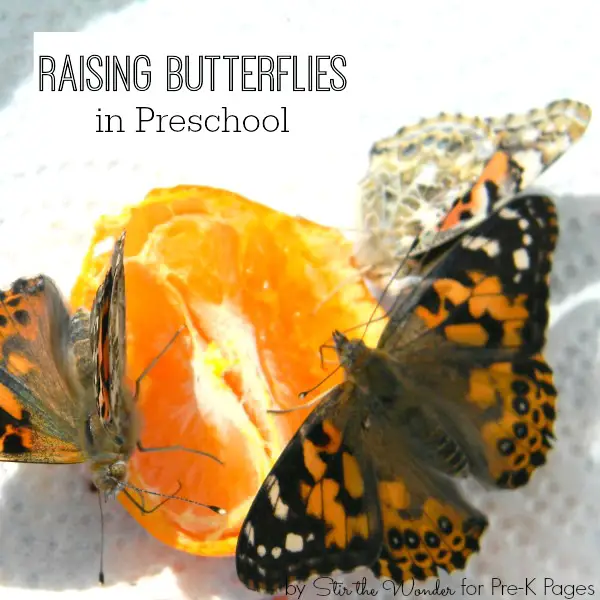
Raising butterflies is an exciting activity for young children. Unlike taking care of house pets, which children may be familiar with, this new experience may require different skills.
While this activity requires the purchase of live caterpillars and a growing kit to house, feed, and care for these animals, it will allow children to experience the life cycle that unfolds in their eyes.
From the beginning, allow children to observe and process information from this activity. This scientific way of gathering information will help children understand how biologists work.
Let children document their observations through a daily journal. Use books, pictures, and videos to help children gain information and be able to infer and predict the possible turn of events during the process.
Note that this activity requires advanced and detailed planning.
Some considerations are needed before starting this activity, such as considering the room temperature where the caterpillars are placed and keeping the jar where these animals shed undisturbed.
The site provides step-by-step instructions from taking care of the caterpillar to releasing the butterfly. Refer to these instructions and other tips to make this activity successful.
For this activity, you will need:
- Live caterpillars
- Growing kits
- Caterpillar food
For more information on this activity, go to Pre-KPages.com.
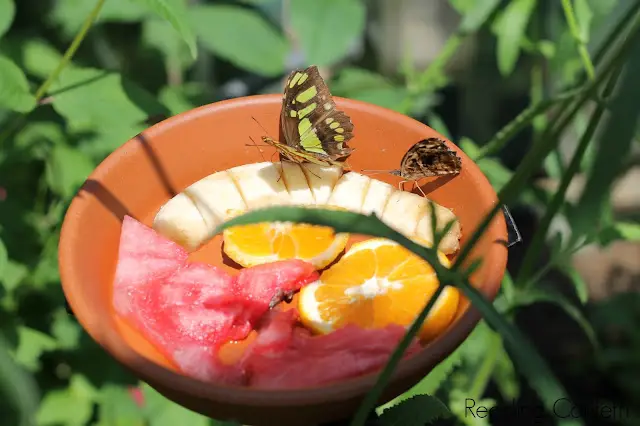
A butterfly feeder is a simple craft but highly contributes to the well-being of the butterflies. Feeding butterflies are an essential way to keep these insects alive and well.
In cases where there are limited sources for butterflies to feed on, this feeder will help increase their life span. Use this activity for children to learn about life science.
The site recommends using this craft as a companion to the book “A Butterfly is Patient” by Dianna Hutts, which introduces butterflies for young children.
To make the feeder, choose a wide container with narrow sides. It should be wide enough to hold the food and for butterflies not to feel crowded when they feed. The site suggests using plastic plant saucers.
Use a hole puncher to poke holes in the sides of the saucer. The site used yarn for the project but recommends using wire to make it sturdier and more stable. Let children string beads on the yarn as decoration.
Tie the ends together and add cut-up pieces of fruit. Hang it in the garden and watch butterflies as they feast.
For this activity, you will need:
- Plastic container
- Hole puncher
- Yarn, string, or wire
- Beads
For more information on this activity, go to ReadingConfetti.com.
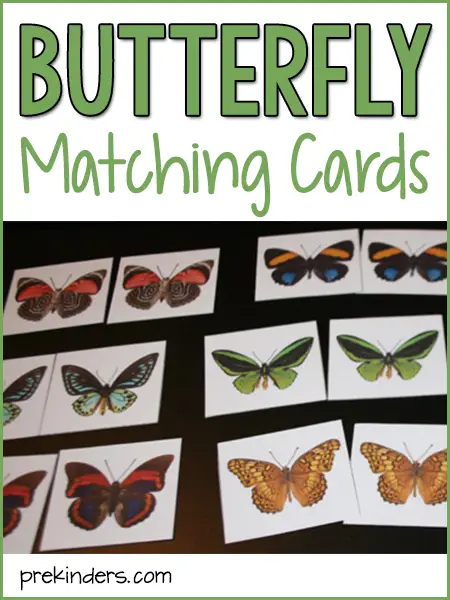
These matching cards can be used in different ways other than what is intended. Young children can match identical pictures, while older children can use them for a memory game.
They can be used for the odd-one-out activity, same or different, and teaching patterns. They can also be used for sorting activities to teach children colors and to pay attention to details such as markings on the wings.
Matching activities teach visual memory and discrimination skills. These are foundational skills for reading and writing.
To access this free printable, download and print from the site. This resource has two pages with twenty-four butterflies. The site recommends printing each page twice to have identical cards. Cut and laminate these to last longer.
To play the matching game, lay out several cards on a flat surface. Allow children to find the matching card. Another option is to lay out several cards and give a matching card to the child one at a time.
For this activity, you will need:
- Printed butterfly cards
- Scissors
- Laminating machine
For more information on this activity, go to PreKinders.com.
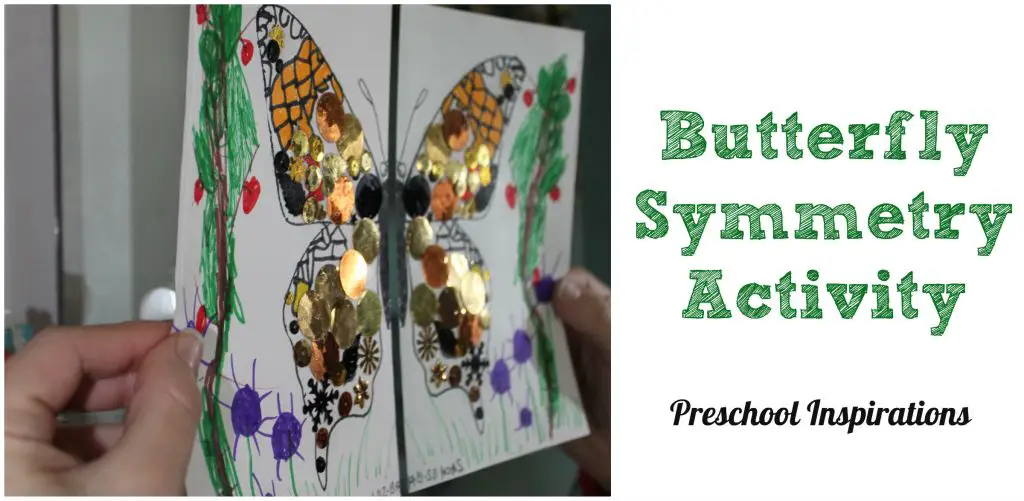
In preschool, teaching the concept of symmetry is important because it helps children understand the world better. It also establishes skills valuable in math, such as patterns, shapes, sizes, and functions.
With this activity, children will understand that butterflies have symmetry. Their wings can be folded in half and still see both sides. Let children explore the concept of reflection symmetry with this particular activity.
Download and print the butterfly template. Have children use pompoms, sequins, beads, or any embellishments on hand to decorate the butterfly’s wings. Use markers to add colors and designs. Let this dry.
Once ready, hold the paper sideways to the mirror. This step will make half of the butterfly’s wing reflect and look whole.
Use a mirror attached to the wall for best results. If unavailable, use a mirror that is bigger than the paper. If possible, have the mirror stand or add support on its back to make it easier for children to see the reflected symmetry.
For this activity, you will need:
- Printed butterfly template
- Glue
- Embellishments
- Mirror
- Markers
For more information on this activity, go to PreschoolInspirations.com.
Conclusion
Butterflies are one of the most important insects in our world. Let children explore these superb and colorful animals as they make these different crafts and activities to go with the butterfly lessons.
Children will have fun with these engaging activities, which are fantastic for helping them develop skills needed in the future. Thank you for checking out our suggestions! Come back again soon.
People Also Ask
Butterflies are unique animals and are a popular theme in preschool. There are countless stories, shows, and toys based on this animal. Children will find their colors and life stages fascinating.
This topic is an excellent opportunity for children to learn about science and to care for the environment where these animals thrive.
Butterflies are one of the most important insects in our world. They are pollinators that help in plant reproduction. They have colorful wings that are symmetrical. These insects are harmless and feed on nectar from plants.
They thrive in warm weather conditions and are attracted to gardens filled with flowers, which are nectar sources.
Children will better understand the world they live in as they learn about how an animal makes its way into this world. They will understand the cycle of life, growth, and death.
They will also be able to explore the different stages this animal goes through and learn about the concept of metamorphosis, which is unique to some animals, like the butterfly.
More crafts and activities:



